Are you struggling to keep your audience engaged with fresh, relevant content? Or finding it difficult to keep up with the overwhelming amount of information online?
If so, you’re not alone—and there’s a smarter way to manage your content strategy.
Content curation offers a powerful solution. Instead of constantly creating content from scratch, you can strategically gather, organize, and share valuable resources your audience will appreciate.
But what exactly is content curation, and how can it help you stay consistent, credible, and connected with your audience?
In this post, we’ll break down the essentials of content curation, why it matters, and how you can start using it effectively today.
Let’s get started!
Table Of Contents
1 What is Content Curation?
Content curation is the process of discovering, gathering, organizing, and sharing relevant content from various sources to provide value to a specific audience.
You can then distribute this content to your audience through social media posts, blogs, newsletters, emails, and other channels.
In simpler terms, you use existing content, saving you the effort of starting from scratch.
For instance, here’s how we curated our content on the social media platform X(formerly known as Twitter).
2 Benefits of Content Curation
Content curation offers several benefits. We’ve listed some of them below.
2.1 Provides Value to Audience
Content curation allows you to handpick high-quality, relevant content from various sources and share it with your audience.
Doing so provides value by offering valuable insights, information, and resources that your audience finds useful and engaging.
2.2 Saves Time and Effort
Instead of creating original content from scratch, content curation enables you to leverage existing content created by others.
This saves you time and effort researching, writing, and producing content, allowing you to focus on other aspects of your business.
2.3 Establishes Authority and Expertise
Curating high-quality content demonstrates your expertise and authority within your industry or niche. By consistently sharing valuable and relevant content with your audience, you position yourself as a knowledgeable and trustworthy source of information.
For instance, Neil Patel frequently curates marketing strategies, data, and insights from around the web. His ability to surface the best content and add his own take has helped cement his status as an industry authority.
2.4 Enhances Community Engagement
Well-curated content sparks conversation. When you share posts, resources, or stories that align with your audience’s interests, you invite them to comment, share, and connect with your brand.
For instance, Nike curates visually compelling stories of athletes and user-generated content across its platforms, encouraging followers to engage, share their journeys, and build a community around shared values.

2.5 Enhances SEO and Website Traffic
Curating content can also benefit your search engine optimization (SEO) efforts and drive traffic to your website.
By sharing curated content on your website or blog, you provide fresh and relevant content for search engines to index, potentially improving your website’s search rankings.
Additionally, curated content can attract inbound links and referrals from other websites, further boosting your SEO and driving organic traffic.
For instance, Flipboard is a content curation platform where audiences can discover and share articles, videos, and other content from various web sources.
Flipboard curates content based on the audience’s interests and preferences, presenting them with a personalized feed of articles and stories.
From an SEO perspective, Pinterest benefits from curating content by constantly providing fresh and diverse material for search engines to index. Each curated piece contributes to Pinterest’s overall search visibility, potentially driving organic traffic to the platform as users discover and engage with curated content.
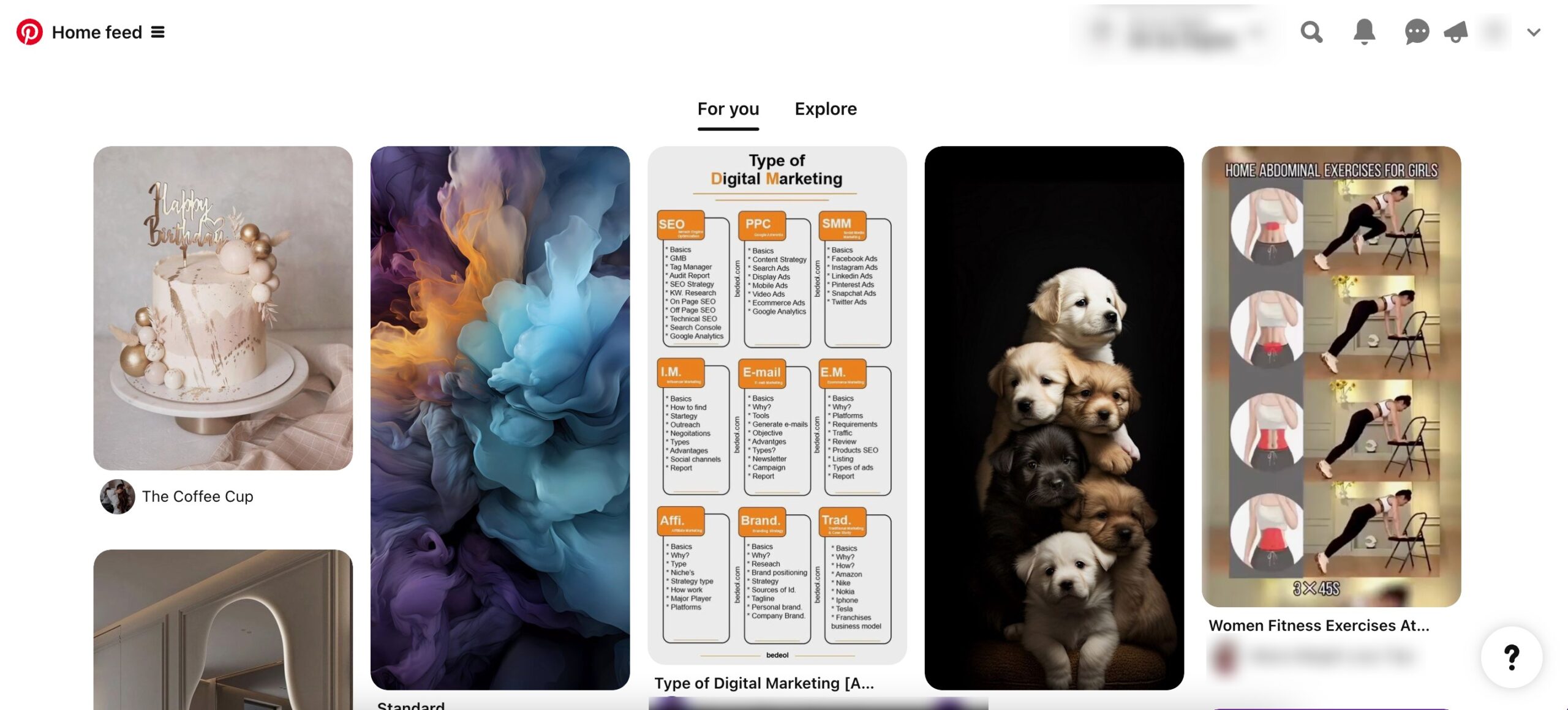
3 Best Practices for Content Curation
Let’s now discuss the best practices for curating content for your website or business.
3.1 Know Your Audience
Before you start curating content, take the time to define your goals and understand who you’re curating for. Clear objectives will guide your content choices, and knowing your audience ensures that what you share is relevant and engaging.
Ask yourself:
- What do I want to achieve with content curation?
- Who am I trying to reach?
For example, if your goal is to build thought leadership in digital marketing, your audience may include marketers, entrepreneurs, and business owners looking for expert insights. In that case, your curated content should focus on industry trends, strategies, and tools they’ll find valuable.
By aligning your content with your audience’s needs and interests, you’ll deliver more impactful results.
3.2 Perform Topic Research
Effective topic research is essential for curating content that resonates with your audience and boosts engagement.
Start by using keyword research tools like Google Keyword Planner, Ahrefs, or Semrush to find high-performing keywords and popular search queries in your niche. These tools reveal search volume, competition levels, and trending topics, helping you identify what people are actively looking for.
For instance, if you run a food blog, keyword research might highlight topics like easy dinner recipes, healthy meal prep, or plant-based diets, all of which can guide your content curation choices.
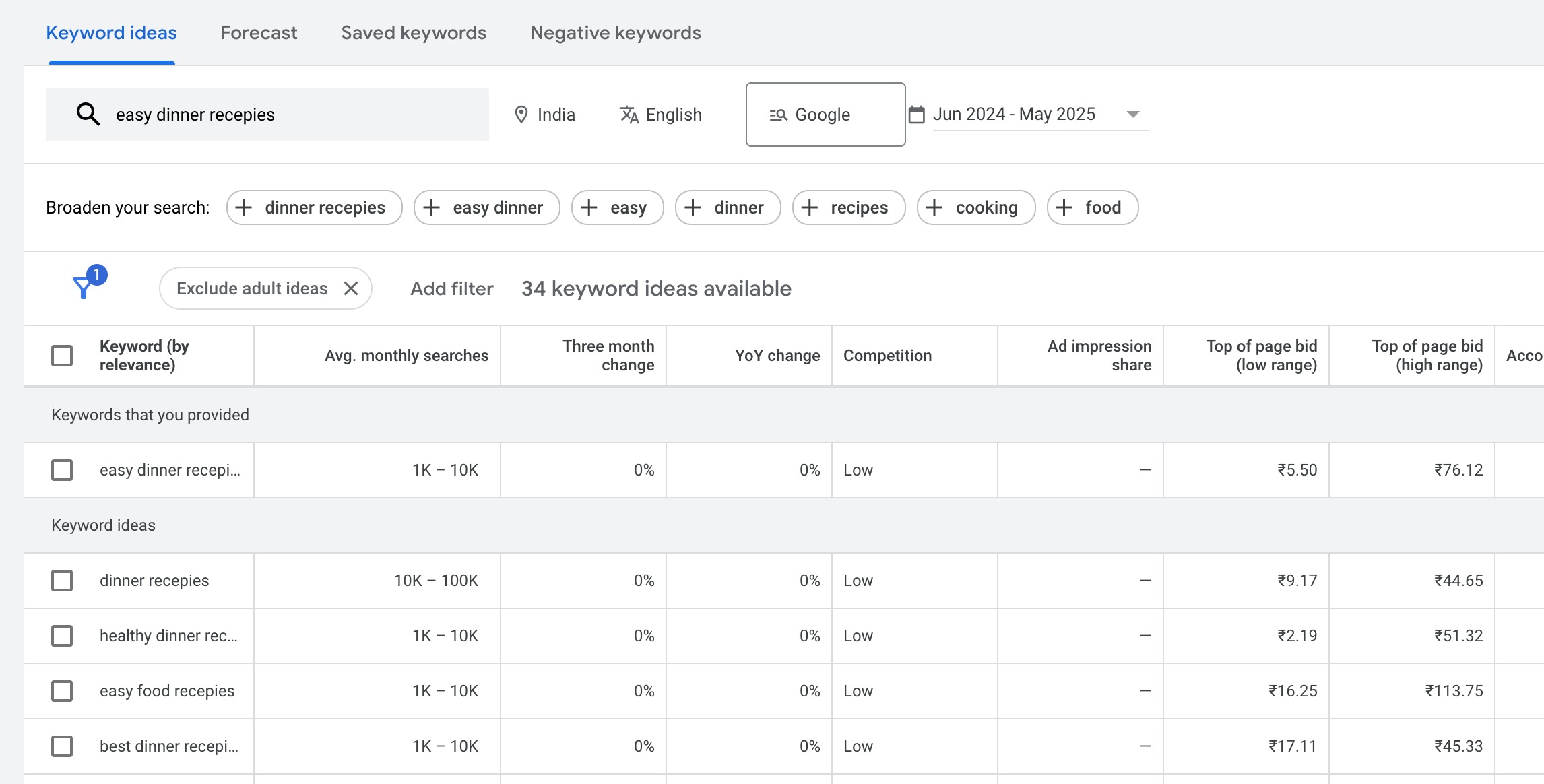
Staying on top of trends also plays an important role. Monitor platforms like Google Trends, X (formerly Twitter), Reddit, and niche forums to find emerging topics and conversations worth curating.
To streamline this process, consider using tools like Rank Math’s Topic Research AI tool, which simplifies the topic research process. In fact, 54% of AI users report improved rankings after adopting such tools, thanks to better keyword targeting and faster content updates.
To do so, ensure you’ve enabled the Content AI module from your WordPress dashboard. Next, navigate to Rank Math SEO → Content AI → AI Tools and select the Topic Research AI tool, as shown below.
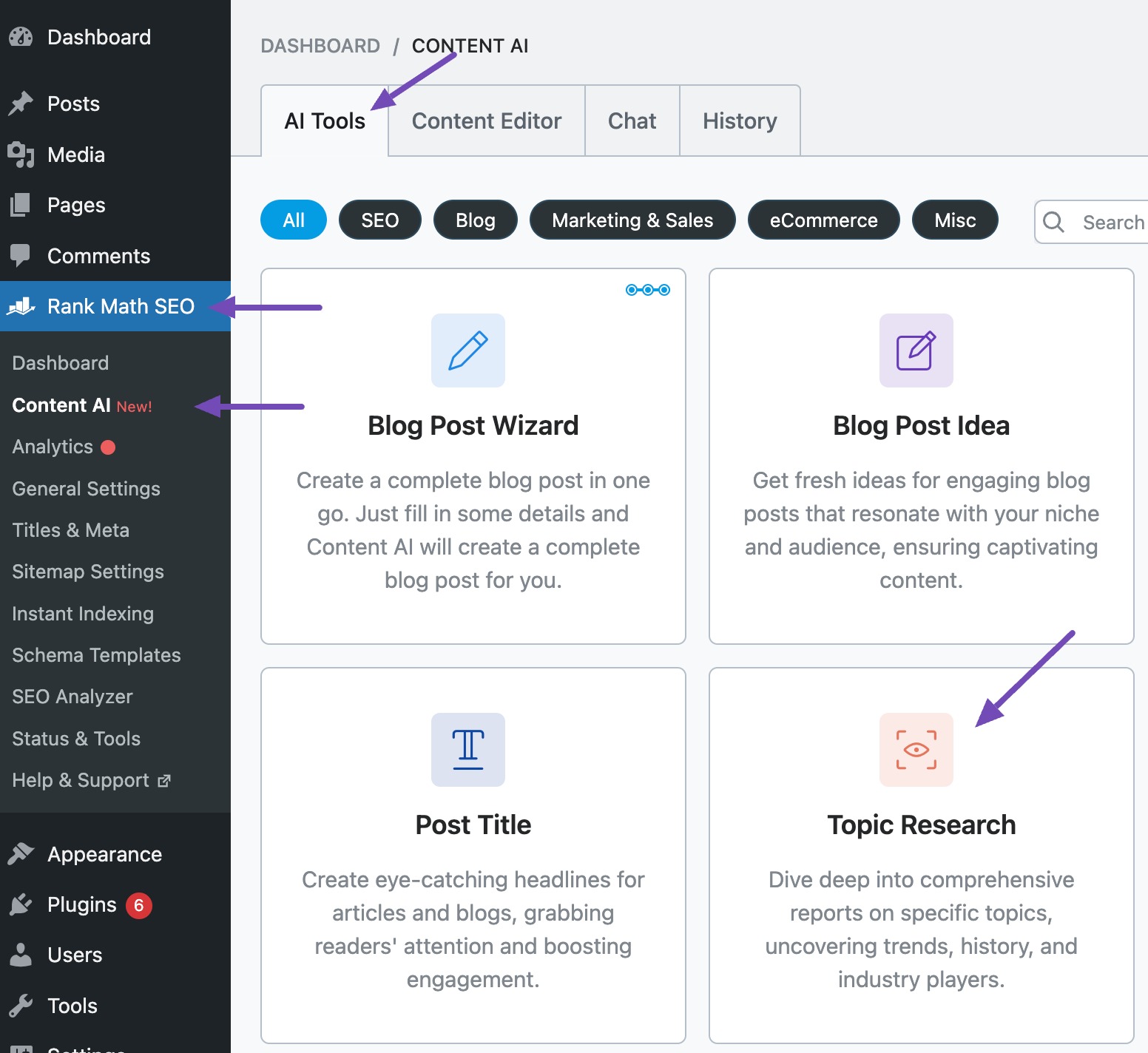
Enter all the relevant details, and the tool will quickly generate topics for you.
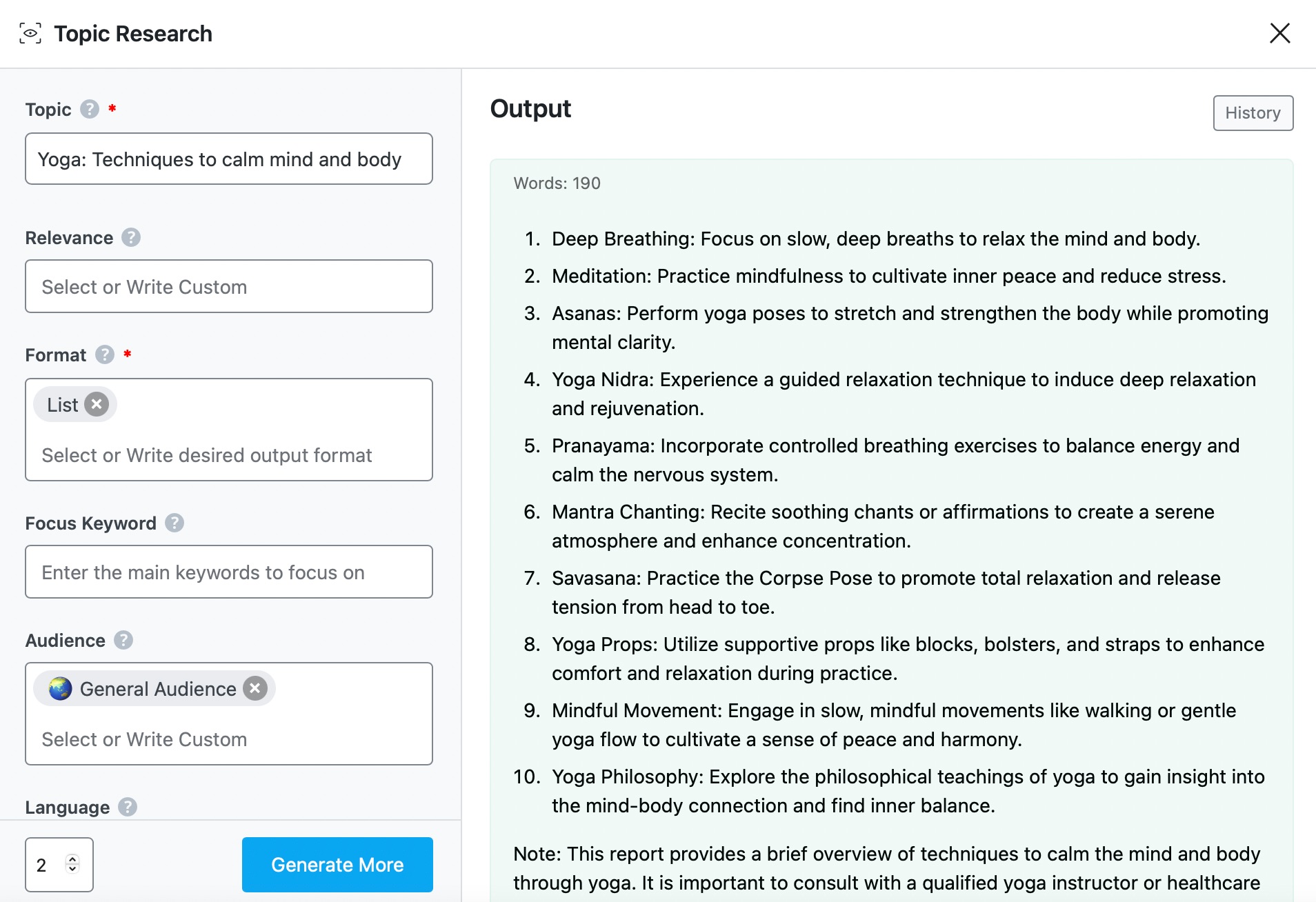
3.3 Add Value to the Content
Curating content isn’t just about sharing links—it’s about offering context. Add your own insights, opinions, or analysis to explain why the content matters and how it connects to your audience’s needs or current industry trends.
For example, instead of simply sharing an article, you can highlight the key takeaways, explain how it aligns with your audience’s challenges, or suggest ways they can apply the information.
This added perspective transforms simple curation into valuable commentary, enabling your audience to understand the content better and trust your expertise.
Take Tripadvisor, for instance. Rather than just listing hotels or restaurants, it adds user reviews, traveler photos, and curated rankings. It also offers destination guides and travel forums, creating a well-rounded experience that keeps users coming back for more.
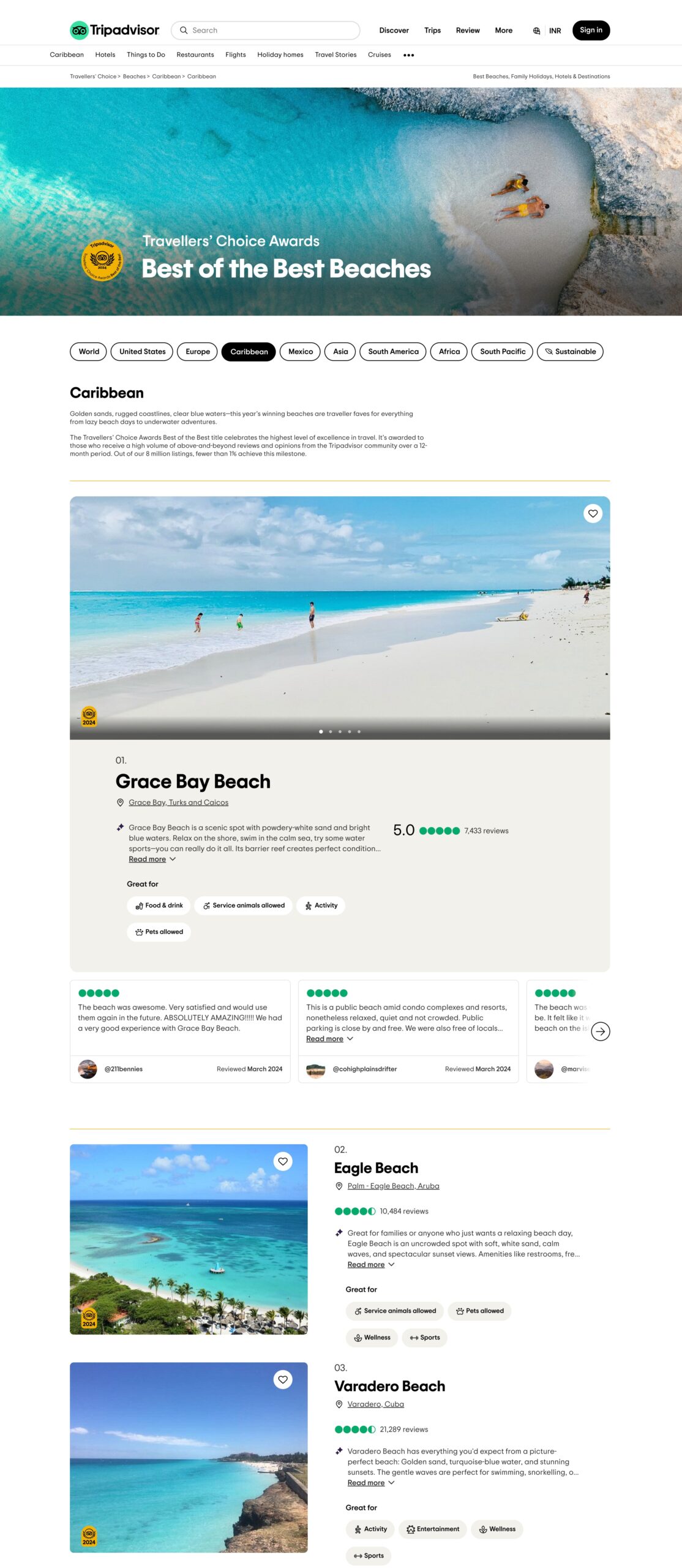
Similarly, you can enhance curated content across your social channels using Rank Math’s Content AI tools—from generating compelling tweets, Facebook posts, or Instagram captions to creating thoughtful comment replies. These tools help you add meaningful context and boost engagement effortlessly.
3.4 Credit Your Sources
When curating content, always give proper credit to the original creators. Include the author’s name, publication date, and a link to the original source whenever possible. This not only acknowledges their work but also helps your audience explore the topic further if they choose.
Attribution shows professionalism, builds trust with your readers, and helps maintain transparency. For example, if you quote an article in a blog post or share insights from a study, clearly indicate where the information came from and link back to the original piece.
ConvertKit, for instance, consistently credits creators in curated roundups by linking to their original content and clearly naming the source, thereby reinforcing trust and authenticity.
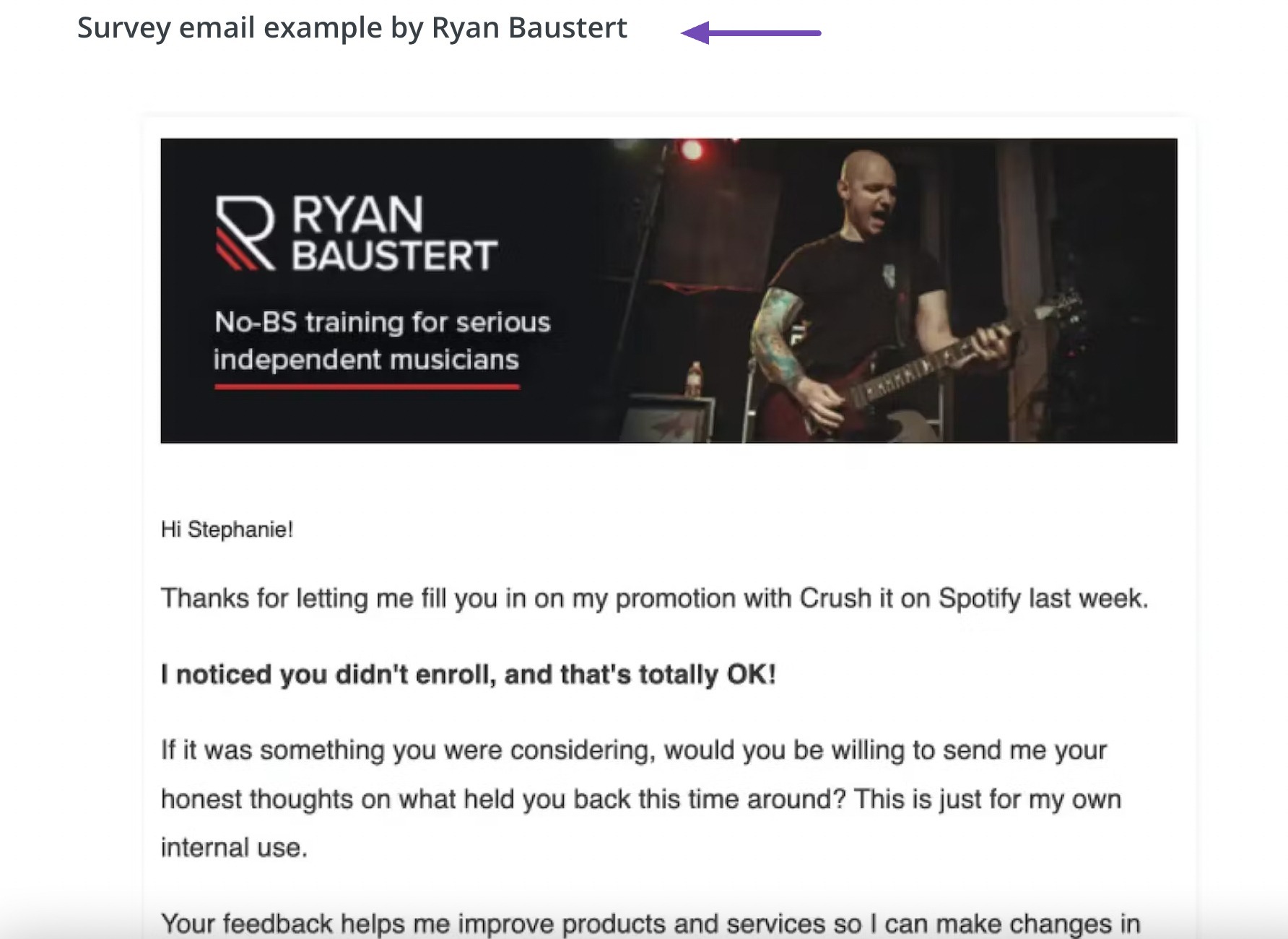
And don’t forget—if you’re sharing images, videos, or other multimedia created by someone else, make sure you have permission or are using content under a proper license.
Proper attribution is a small effort that goes a long way in ethical content sharing.
3.5 Create a Content Curation Calendar
A content curation calendar is essential for staying consistent, organized, and strategic with your content sharing.
By planning what to curate and when to share it, you can maintain a steady publishing rhythm, avoid last-minute scrambling, and ensure you’re covering a variety of topics that matter to your audience.
Your calendar can be structured weekly, monthly, or even quarterly, depending on your goals and how frequently you share curated content.
Use tools like Google Calendar to create and manage your content curation calendar.
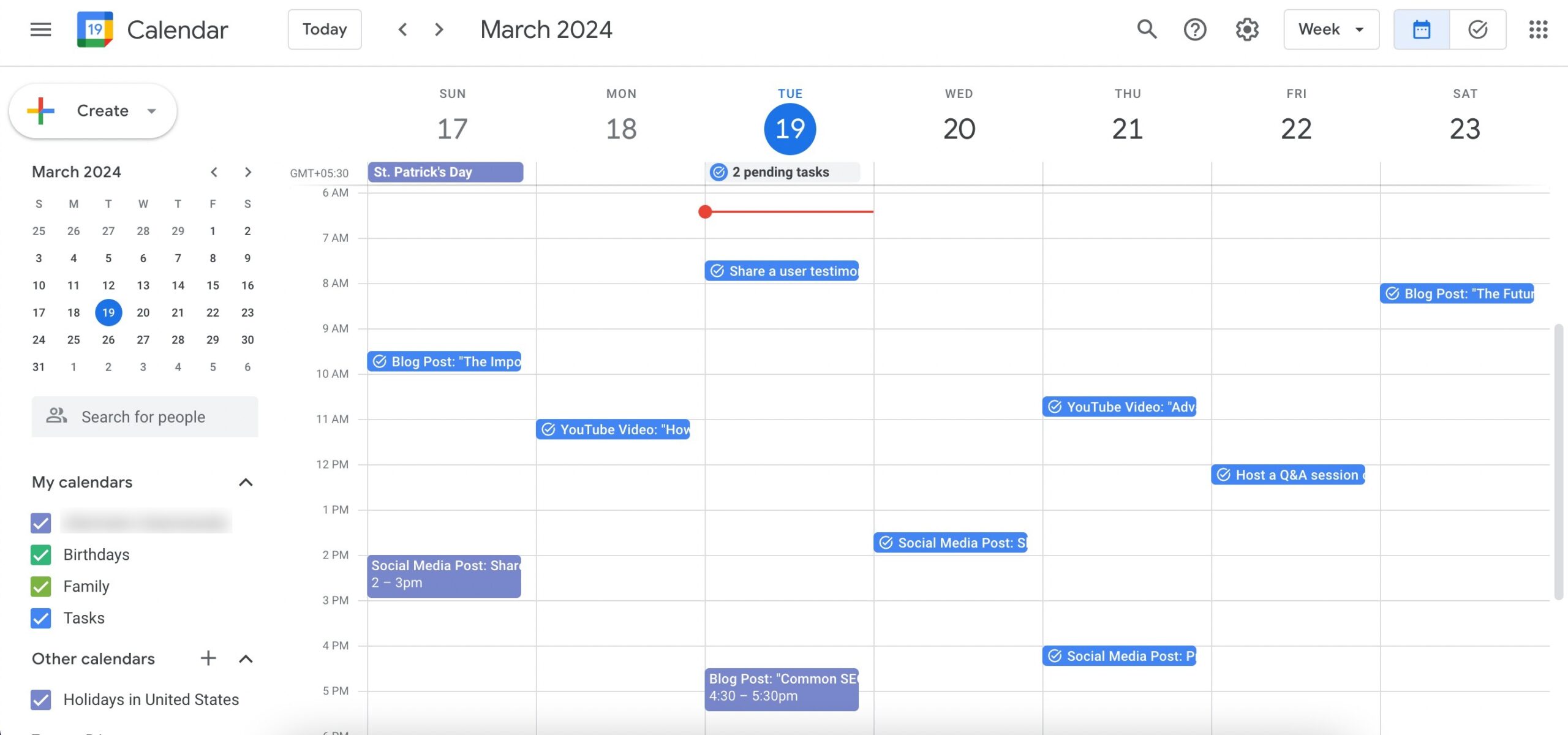
Google Calendar is a free, user-friendly tool that works easily across devices and integrates with other Google Workspace applications. Here’s how it helps with content curation:
- Schedule and organize posts: Add curated content as events with publishing dates, times, and notes on what platform it will go live (e.g., blog, LinkedIn, newsletter).
- Color-code content types: Assign different colors to various content themes (e.g., SEO, industry news, tutorials) for better visual organization.
- Set reminders: Get email or push notifications to ensure you never miss a posting deadline.
- Collaborate in real time: Share your calendar with team members, assign responsibilities, and leave comments or links within each event.
- Recurring events: Schedule weekly content themes or roundup posts automatically with recurring entries.
This flexibility makes Google Calendar ideal for solo creators and teams alike, helping you turn curated content into a consistent, manageable workflow.
Alternatively, tools like Trello can be used for a Kanban-style approach, which is perfect for tracking content from idea to publication.
3.6 Set Up Your Curation Tools and Platforms
To streamline your content curation workflow, it’s important to use the right mix of tools for discovery, scheduling, and performance tracking.
Discover Content Efficiently
Start by using content discovery tools that help you monitor relevant topics and trends:
- Feedly: Aggregate blog posts, newsletters, and news articles in one dashboard, categorized by topics or keywords.
- Google Alerts: Set up alerts for specific keywords or topics and receive real-time notifications when new content is published online. This is ideal for tracking industry news, brand mentions, or niche-specific updates. Visit Google Alerts, enter a keyword or phrase, select the frequency of updates, and choose where you’d like them delivered (e.g., your email inbox).
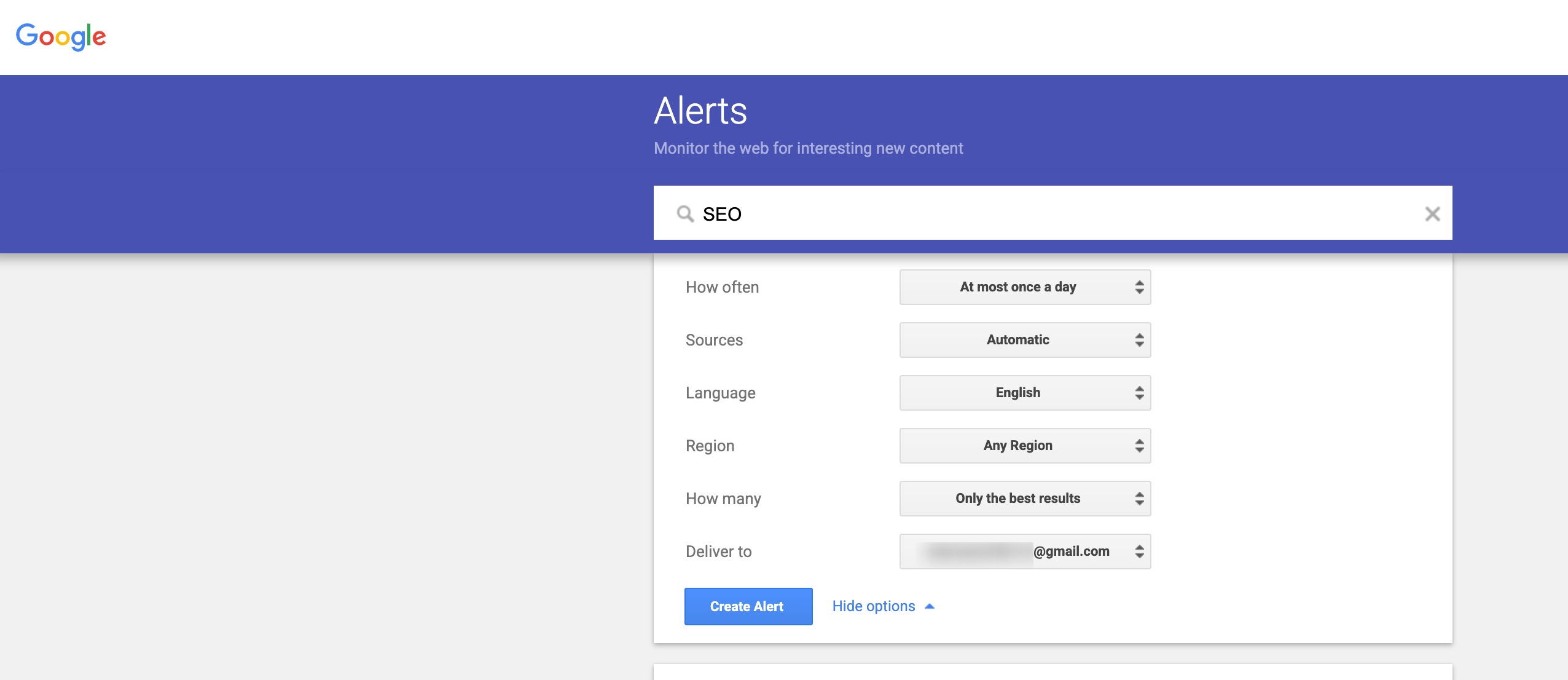
Schedule and Share Curated Content
Once you’ve selected your content, use social media management tools to plan and publish it:
- Buffer: Schedule posts across multiple platforms, including Twitter, Facebook, and LinkedIn. You can queue curated articles, add custom captions, and track basic engagement metrics.
- Trello or Google Calendar: As mentioned above, these tools are useful for organizing curated content ideas, assigning tasks, and building a collaborative content calendar.
Track Performance and Optimize
To understand what curated content resonates with your audience, use analytics tools.
You can use Google Analytics to track how curated content performs on your website. You can view which sources drive traffic, how long visitors stay, and which pieces lead to conversions.
Navigate to the Acquisition section to track traffic sources to measure engagement on curated blog posts and landing pages.

Also, Buzzsumo helps analyze which curated topics are trending and what types of content are generating high shares or backlinks in your niche.
3.7 Track Your Performance
It is essential to track your performance to evaluate the success of your content curation strategy, identify areas for improvement, and make data-driven decisions to optimize your future curation efforts. It involves analyzing various metrics to assess the effectiveness of your curation efforts.
Here are a few metrics to keep an eye on:
- Engagement Rate: Assess the level of interaction with your curated content, which includes likes, comments, and shares on social media platforms.
- Click-Through Rate (CTR): Monitor the percentage of users who click on the links within your curated content, providing insight into audience interest and engagement.
- Conversion Rate: Evaluate the number of users who take a desired action, such as signing up for a newsletter or purchasing after engaging with your curated content.
- Bounce Rate: Examine the percentage of users who leave your site after viewing only the curated content, helping to determine its relevance and effectiveness in retaining visitors.
- Time-on-Page: Measure the amount of time users spend engaging with your curated content to understand its relevance and appeal to your audience.
Refer to our dedicated tutorial on SEO metrics for a detailed explanation of these metrics.
4 Frequently Asked Questions
How is content curation different from content creation?
Content creation involves producing original content, while content curation focuses on sharing existing content with added context, insights, or commentary.
What are the SEO risks of content curation?
Risks include duplicate content, thin pages, and over-reliance on external sources without original analysis or optimization.
Can content curation support content marketing goals?
Yes, it helps educate audiences, fill content gaps, nurture leads, and maintain consistent visibility across channels.
5 Conclusion
A carefully created content curation strategy has the power to broaden your audience, increase website traffic, and boost brand recognition.
Furthermore, it alleviates the pressure of constantly generating new content ideas.
From defining the audience to tracking performance, content curation requires careful planning and execution. However, when done effectively, it can help you build credibility, authority, and trust with your audience while saving time and resources.
If you like this post, let us know by Tweeting @rankmathseo.
